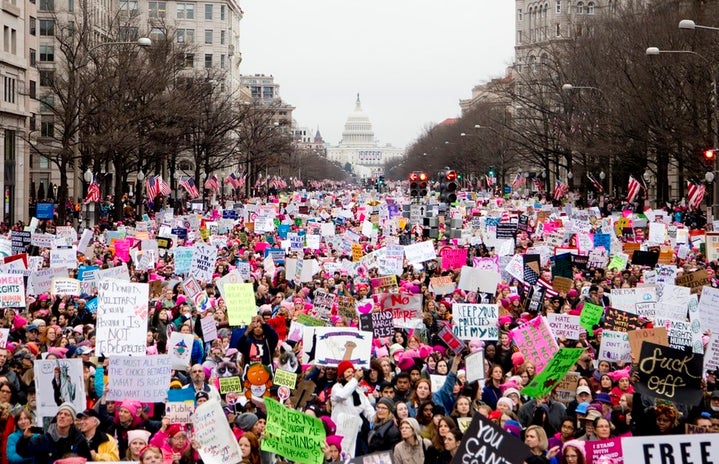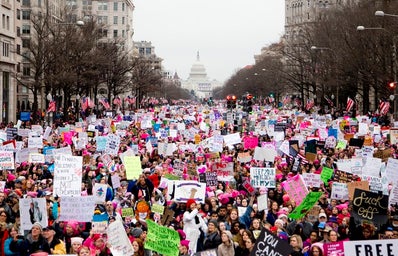Since Kimberlé Crenshaw coined the term “intersectionality” about 30 years ago, the integral role intersectionality plays within the feminist movement has been brought to the forefront of the modern women’s movement. If you are unfamiliar with the term in general, then let’s break it down.
Intersectionality, as defined by Ijeoma Oluo in So You Want To Talk About Race, is “the belief that our social justice movements must consider all of the intersections of identity, privilege, and oppression that people face in order to be just and effective.” Oluo goes on to describe how she understands the identities of race and gender expression as intertwined. For example, Latina women have often spoken about the sexism they face from Latino men while simultaneously dealing with race based discrimination from white people. Their intersectional identities, being both a woman and a person of color, puts them in an overlapping experience of oppression and exclusion. Before we dive into how the feminist movement can be more inclusive, let’s look at why intersectionality should be at the forefront of our movement.
Kimberlé Crenshaw wrote in “Why Intersectionality Can’t Wait” that “intersectionality is not just about identities but about the institutions that use identities to exclude and privilege.” An example of this is the very court case which ignited Crenshaw’s analysis in 1976. In DeGraffenreid v. General Motors, five black women filed a lawsuit against their former employers at General Motors, claiming they targeted black women exclusively in their recent layoffs. Black women were not permitted to work at the company prior to the Civil Rights Act of 1964, so when the company committed seniority-based layoffs, all black women at the company were subsequently fired. The judge ultimately ruled in favor of General Motors because the court seemed to not be able to connect these occurences to race or gendered based descrimination nor could they protect black women separately under law without allowing for any and all minorities to come forward with similar claims. Crenshaw was justifiably concerned with the outcome of this case, so she moved forward with her analysis of intersectional discrimination on a institutional and personal level. An example of personal or intimate discrimation is given by Oluo when she writes about being harassed on the street, stating she doesn’t know if she is being harassed because she is a woman, queer, black or all of the above. As feminists, vying for equality in all aspects of life, we must prioritize all who identify as women who face the worst of discrimination at the forefront of our movement. If we fail to do so, then we fail as feminists.
So…how can you be an intersectional feminist?
If you are a feminist who focuses on the issue of gender violence, look into the Immigration Act of 1990. This act requires women to be married for two years before qualifying for permanent citizenship. This provision created space for women to be trapped in violent and abusive relationships out of fear of deportation, and also excused a lack of resources provided for immigrant women to escape domestic violence. This is an example of how overlapping institutions—legal status, marriage structures, immigration agencies, human resource agencies—all intersect to oppress women’s experiences, especially those of color. You could do your part to respond to this crisis by supporting domestic violence shelters which accommodate the needs of every person who seeks their help. This includes overcoming language barriers, providing extra resources for victims of lower economic status and much more.
An intersectional approach can be applied to any aspect of feminism you are passionate about. Research the limited FMLA eligibility policies if your focus is on equal work/equal pay. If you are upset by women’s representation in the media, read Patricia Hill Collins’s Black Feminist Thought as she discusses the dominating images of U.S. Black women in popular media and how it contributes to institutional racism. The future of the feminist movement falls to us. Many people like to claim feminism is redundant because on paper, we are all equal. To that I respond: until the claim that “we are all equal” rings true in every corner, institution, voice, and policy in our grasp, then our work is not done.



